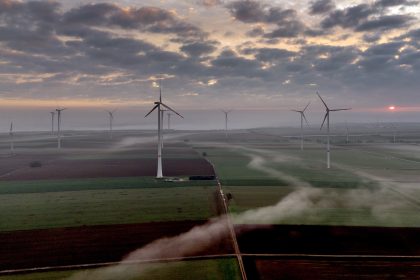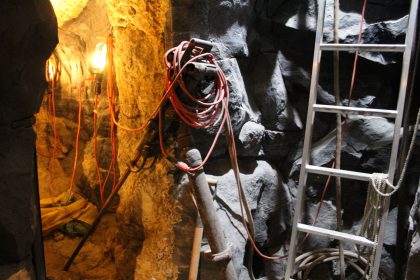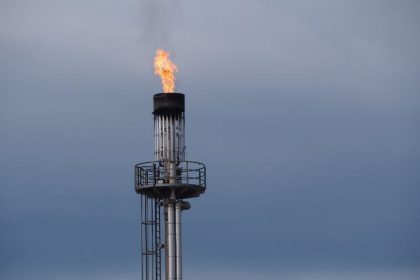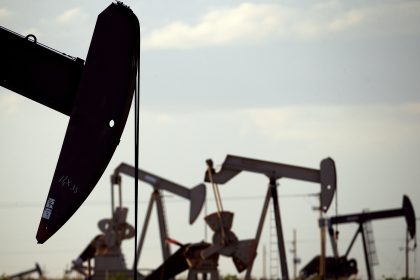Nearly a Quarter of US Coal-Fired Capacity Scheduled to Retire by 2029
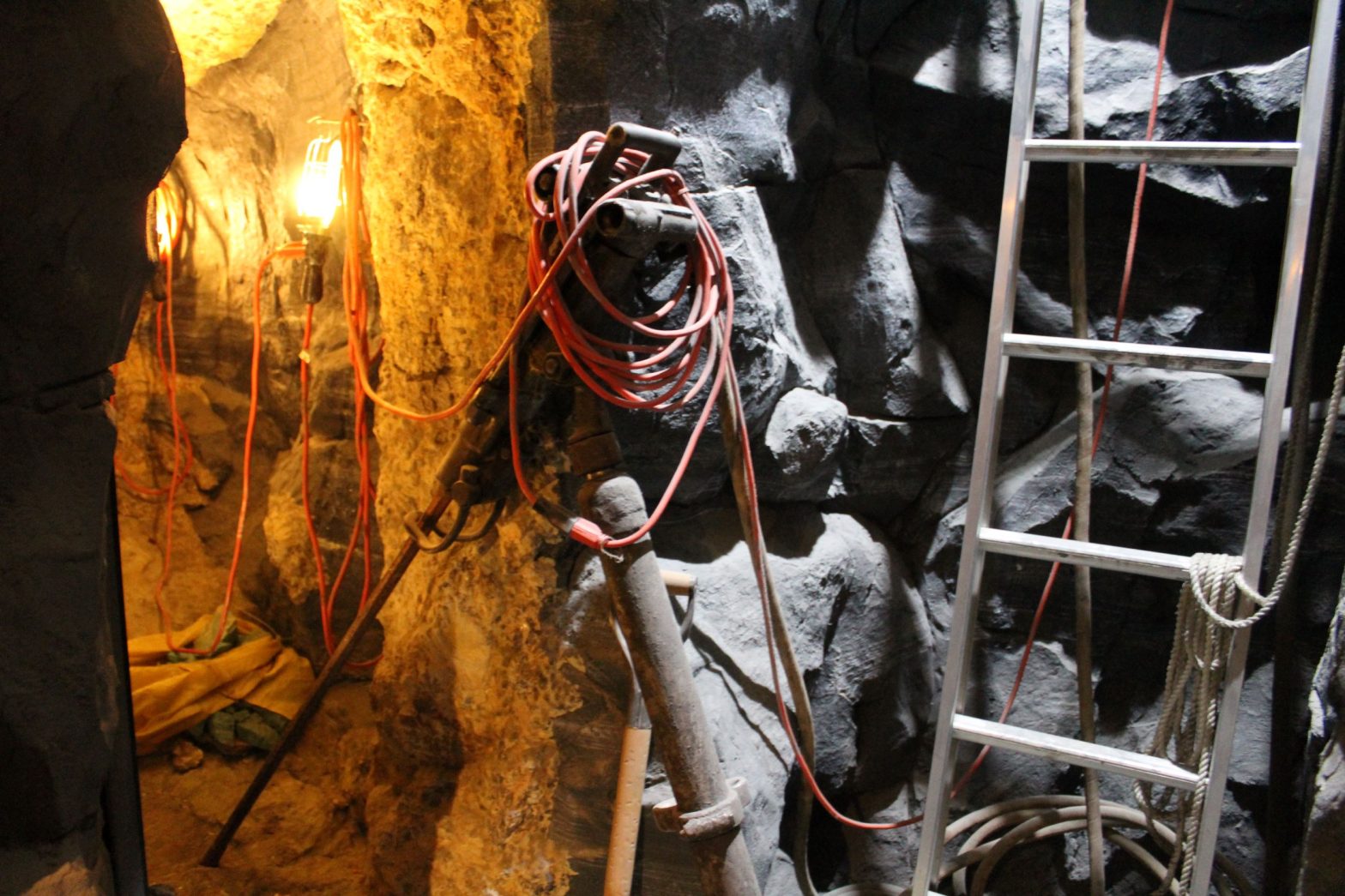
WASHINGTON — As a result of continued competition from natural gas and renewable resources, 23% of the 200,568 MW of coal-fired power plant capacity currently operating in the United States is planning to be retired by the end of 2029, according to the U.S. Energy Information Administration.
The findings of the agency’s Preliminary Monthly Electric Generator Inventory come at a fraught moment for the coal industry in the public square.
Over the weekend, Sen. Joe Manchin, D-W.Va., slammed President Joe Biden for a campaign trail speech ahead of tomorrow’s midterm election in which the president called for coal plants across the country to be shuttered.
Speaking in Carlsbad, California, on Friday, Biden said, “We’re going to be shutting these plants down all across America and having wind and solar also providing tax credits to help families buy energy-efficient appliances.”
By Saturday afternoon, Manchin had sent out a fiery rebuttal to the president’s remarks, saying they were “not only outrageous and divorced from reality,” but ignored “the severe economic pain the American people are feeling because of rising energy costs.”
“Comments like these are the reason the American people are losing trust in President Biden and instead believe he does not understand the need to have an all in energy policy that would keep our nation totally energy independent and secure,” Manchin said.
“It seems his positions change depending on the audience and the politics of the day. Politicizing our nation’s energy policies would only bring higher prices and more pain for the American people,” the senator continued.
In response, White House Press Secretary Karine Jean-Pierre said the president’s remarks had been “twisted to suggest a meaning that was not intended,” adding “he regrets it if anyone hearing these remarks took offense.”
“The president was commenting on a fact of economics and technology: as it has been from its earliest days as an energy superpower, America is once again in the midst of an energy transition,” Jean-Pierre said.
“Our goal as a nation is to combat climate change and increase our energy security by producing clean and efficient American energy,” she continued. “Under President Biden, oil and natural gas production has increased, and we are on track to hit the highest production in our country’s history next year.
“He is determined to make sure that this transition helps all Americans in all parts of the country, with more jobs and better opportunities; it’s a commitment he has advanced since day one. No one will be left behind,” Jean-Pierre concluded.
According to the Energy Information Administration, between 2012 and 2021, an average of 9,450 MW of U.S. coal-fired capacity was retired each year.
In 2022, U.S. coal retirements will total 11,778 MW if the remaining retirements reported proceed as scheduled, the agency continued.
Despite that trend, the agency said it expects the pace of planned coal-fired retirements to slow down after this year.
“The largest amount of capacity retirement we expect over the next seven years is 9,842 MW in 2028,” the preliminary report said. “Planned retirements continue to be focused on relatively older facilities.
“Coal-fired generators — especially older, less efficient units — face higher operating and maintenance costs, which make them less competitive and more likely to retire,” the report continued. “In addition, some coal-fired power plants must comply with regulations limiting the discharge of wastewater by 2028, which would require additional capital investment, likely influencing the decision to retire some of these coal-fired units.”
The planned coal-fired retirements span 24 states, including several that do not currently have renewable portfolio standards, or other clean energy policies that require electricity suppliers to supply a set share of their electricity from specified renewable or carbon-free resources.
Michigan, Texas, Indiana, and Tennessee have the most coal-fired capacity announced to retire through 2029, accounting for a combined 42%.
The type of coal used by retiring units is shifting from mostly bituminous, accounting for 68% of the U.S. coal-fired capacity that was retired from 2011 to 2020, to mostly subbituminous and refined coal-fueled plants, which account for a combined 68% of planned retirements between 2022 and 2029.
Only 31% of the planned retirements over that time period are primarily fueled by bituminous coal.
Refined coal, which is made by mixing proprietary additives to feedstock coal, benefited from a tax credit that expired in early 2022. Of the 55,943 MW of U.S. coal-fired capacity that primarily burns refined coal, 27% (15,269 MW) has reported plans to retire between 2022 and 2029.
Power plant owners and operators report planned retirements and additions to EIA in its annual and monthly electric generator surveys.
The last large (greater than 100 MW) coal-fired power plant built in the United States was the 932 MW Sandy Creek Energy Station in Texas, which came online in 2013. As of September 2022, developers have not reported any plans to build new U.S. coal-fired capacity in the future.



















